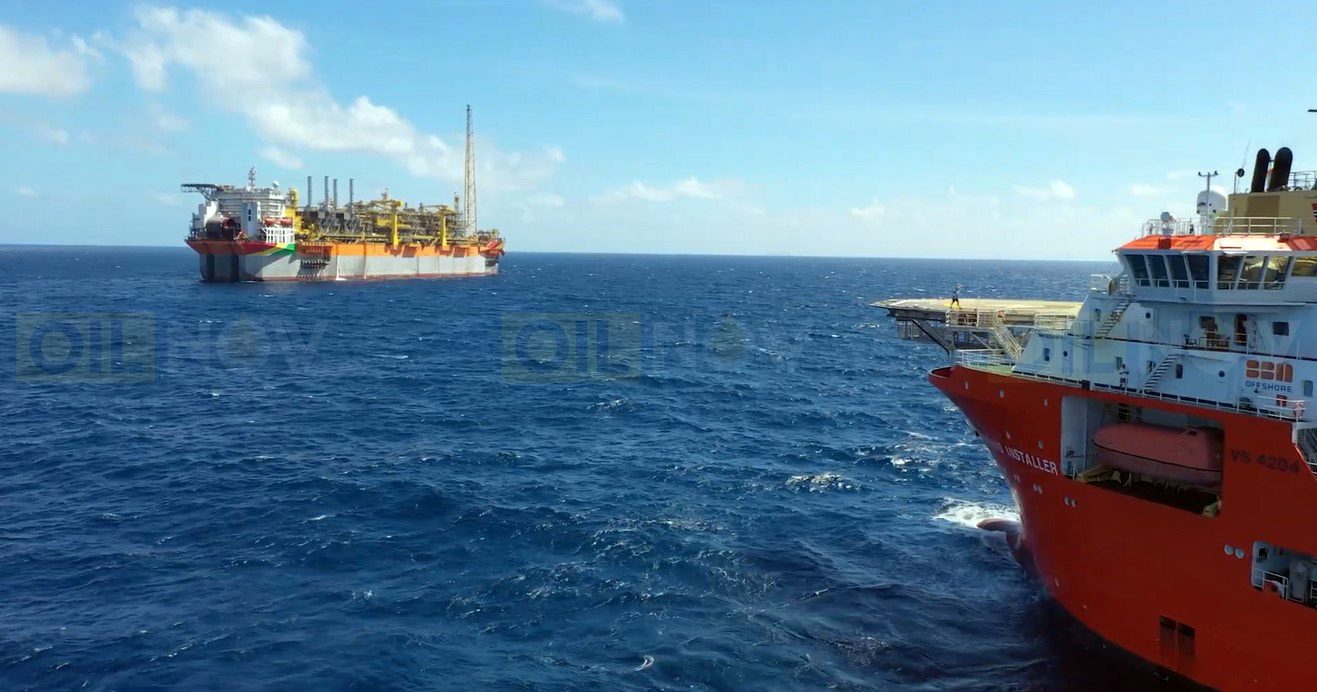Guyana’s attractive and competitive fiscal terms have been pushing its unrivaled pace of deep-water development in the Stabroek Block. This has seen the country move from a non-oil producer just seven years ago, to what is now projected to be the number two spot in Latin America and the Caribbean, by 2030.
S&P Global reiterated this point in a new report published on December 22.
“Guyana’s government take (GT) ranks about average compared to other offshore jurisdictions it competes for investments,” the report noted. The government take ranges between 51% and 53% for existing contracts.
Rystad Energy in a July report had outlined that compared to the fiscal regimes of other offshore producers, Guyana’s is on the higher end.
Rystad estimated that the government’s take amounts to 59% of the total value. In contrast, applying the United States fiscal regime to the Stabroek Block, it would result in a government take of 40%. Rystad Energy said Nigeria and Brazil align more with Guyana’s fiscal policies, with 58% and 61%, respectively.
Guyana’s oil gives it competitive edge over Trinidad and Tobago, Suriname – AMI analyst | OilNOW
This rating relates to the Stabroek Block Production Sharing Agreement (PSA) with ExxonMobil Guyana and its Stabroek Block co-venturers, Hess and CNOOC.
Guyana implemented new fiscal terms to govern its maiden licensing round and according to S&P, new government take would fall within the 60% to 65% range.
A 10% royalty rate will head the new model agreement, up from the 2% granted to Exxon for the Stabroek Block. The 75% cost recovery ceiling has been lowered to 65%.
The sharing of profits after cost recovery will remain 50/50 between the government and the contractor. And a corporate tax of 10% will be instituted, where there was none before.
While the old terms granted the government a 14.5% share at the start of production, the new terms increased this to 27.5% plus corporate tax.
Stabroek Block PSA terms enable mega projects at industry-leading standard- stakeholder | OilNOW
The Guyana Basin is among the world’s emerging super basins; Brazil’s Santos Basin and the Rovuma Basin in Mozambique are among the others. Less than 50 traditional super basins supply more than 90% of the world’s oil and gas. These are defined as originally holding more than 10 billion oil-equivalent barrels.
And Guyana already has the main ingredients to become an energy super basin. Its current resource stands at close to 11 billion barrels of oil equivalent – from discoveries made in the Stabroek Block alone.



